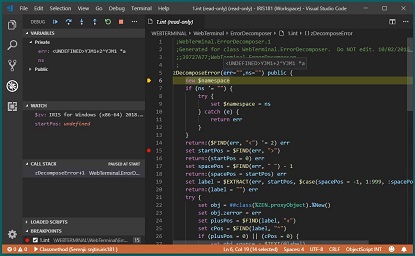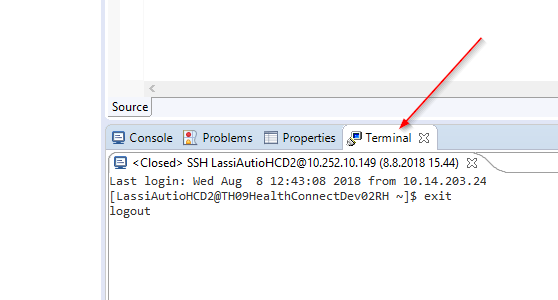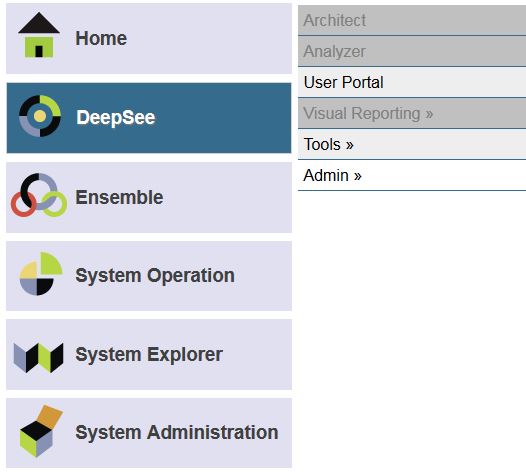Something that shot up the popularity stakes last week was this article on a very interesting initiative: RealWorld:
https://medium.com/@ericsimons/introducing-realworld-6016654d36b5
I decided it would be a good idea to use this as a way of creating an exemplar implementation of a RESTful back-end using QEWD against their published API (https://github.com/gothinkster/realworld/tree/master/api)
The results are here:




